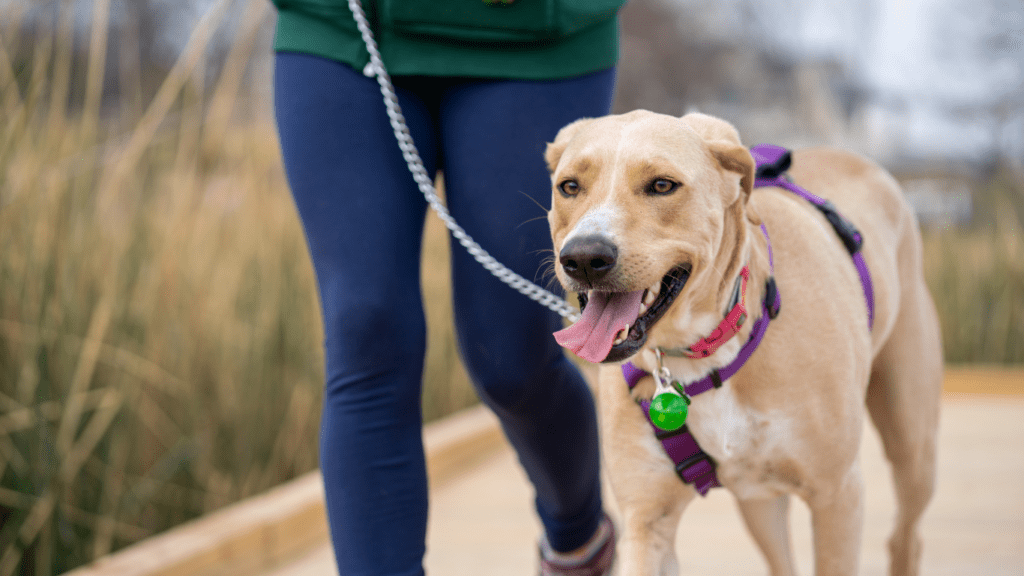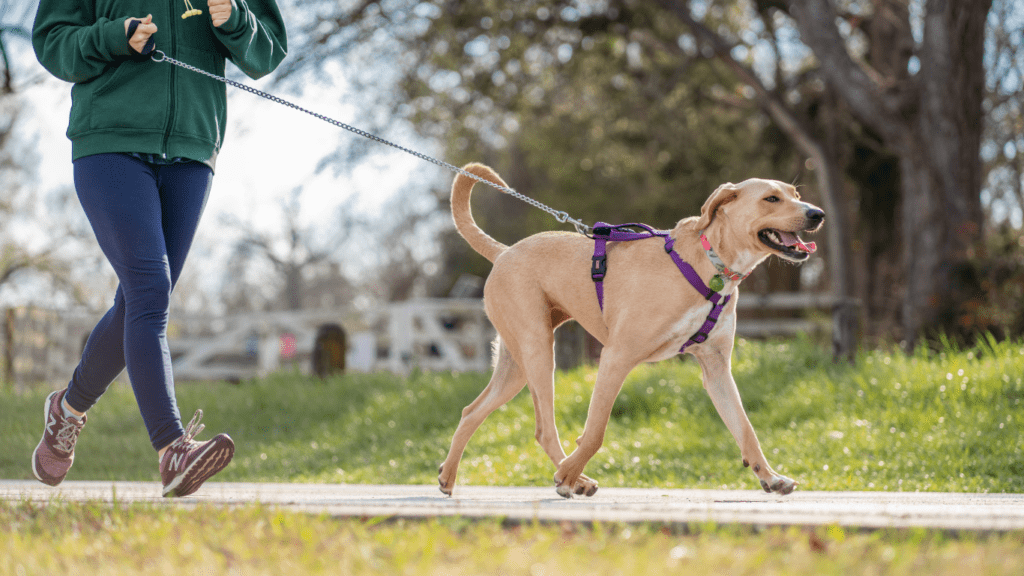As a pet owner, I’ve always been fascinated by the profound impact exercise can have on my furry companions’ behavior. From increased energy levels to improved mental well-being, the link between physical activity and pet behavior is undeniable.
In this article, I’ll delve into the importance of keeping our pets active and the positive effects it can have on their overall health and happiness.
Whether it’s a brisk walk in the park or a playful game of fetch, regular exercise not only helps our pets stay fit but also plays a crucial role in preventing behavioral issues such as anxiety and boredom.
As I explore the connection between exercise and pet behavior, you’ll discover simple yet effective ways to incorporate physical activity into your pet’s routine, fostering a stronger bond and a more fulfilling life for both of you.
Exploring the Relationship Between Exercise and Pet Behavior
In understanding the link between exercise and pet behavior, I observe that physical activity plays a crucial role in shaping the behavior of our furry companions. Engaging our pets in regular exercise routines can significantly impact their overall well-being.
It’s important to recognize that a lack of physical activity for pets can lead to various behavioral issues.
One key aspect to consider is that different pets have varying activity requirements based on their breed, age, and size. For instance, high-energy breeds like Border Collies or Australian Shepherds may need more vigorous exercise compared to smaller breeds like Chihuahuas or Pugs.
Tailoring exercise routines to meet the specific needs of each pet is essential in promoting positive behavior.
Moreover, I find that exercise not only helps in maintaining physical health but also serves as a mental stimulant for pets. Regular physical activity can alleviate stress and anxiety in pets, reducing the likelihood of destructive behaviors such as chewing or excessive barking. This mental stimulation is vital for keeping our pets content, happy, and well-balanced.
By incorporating exercise into a pet’s daily routine, pet owners can create a strong bond with their furry friends while ensuring that they lead fulfilling lives.
Whether it’s a brisk walk in the neighborhood, a game of fetch in the backyard, or interactive play sessions indoors, providing opportunities for exercise is key to enhancing both the pet’s and owner’s quality of life.
Benefits of Physical Activity for Pets
Regular physical activity offers a range of benefits for pets, impacting their well-being in various ways. Let’s explore the advantages that exercise brings to our furry friends.
Improved Physical Health
Physical activity plays a crucial role in enhancing the physical health of pets. It helps in maintaining a healthy weight, promoting cardiovascular health, and improving muscle tone and joint flexibility. By engaging in regular exercise, pets can experience a decreased risk of obesity, heart diseases, and other health issues, leading to an overall healthier lifestyle.
Mental Stimulation and Emotional Well-being
In addition to its physical benefits, exercise provides essential mental stimulation for pets, keeping their minds sharp and active. This mental exercise can reduce stress and anxiety levels in pets, preventing boredom and destructive behaviors.
Regular physical activity helps pets stay mentally healthy, providing them with a sense of fulfillment and emotional well-being.
Incorporating Exercise into Your Pet’s Routine
When it comes to incorporating exercise into your pet’s routine, it’s essential to choose the right types of activities that suit your pet’s breed, age, and health condition.
Choosing the Right Types of Exercise
I recommend considering your pet’s specific needs when selecting the type of exercise. For example, high-energy breeds like border collies benefit from activities that challenge them both physically and mentally, such as agility training or running.
On the other hand, senior pets might require gentler exercises like short walks or indoor play sessions to keep them active without overexertion. Tailoring the exercise to your pet’s individual requirements ensures they enjoy the activity and stay healthy.
Tips for Keeping Your Pet Active
Incorporating regular exercise into your pet’s routine is essential for their overall well-being. Here are some practical tips to help you keep your furry friend active and healthy:
- Daily Walks: Take your pet for daily walks to ensure they get the physical activity they need. Walking not only provides exercise but also mental stimulation through exploring different scents and environments.
- Interactive Toys: Invest in interactive toys that encourage movement and play. Toys such as puzzle feeders or balls that dispense treats can keep your pet engaged and active.
- Playtime: Set aside dedicated playtime each day to engage with your pet. Whether it’s fetch, tug-of-war, or hide-and-seek, interactive play strengthens your bond and keeps them physically active.
- Training Exercises: Incorporate training exercises into your pet’s routine. Teaching them new tricks or practicing obedience commands not only mentally stimulates them but also helps burn off excess energy.
- Rotate Activities: Keep your pet’s exercise routine interesting by rotating activities. Switch between walks, runs, swimming, or even agility courses to prevent boredom and maintain their interest.
- Supervised Outdoor Time: Allow your pet supervised outdoor time in a safe and secure environment. This freedom to explore and roam within boundaries can provide much-needed exercise and mental stimulation.
- Consider Their Needs: Tailor exercise routines to your pet’s specific needs, taking into account their breed, age, and health condition. Consult your veterinarian for guidance on the best activities for your pet’s well-being.
By incorporating these tips into your pet’s daily routine, you can ensure they lead a healthy, active lifestyle that promotes their physical and mental well-being.


 Elena Palen is an integral part of the team behind Animal Potty Care, contributing her knowledge in pet travel care and innovative solutions for on-the-go potty training. Elena’s attention to detail ensures that pet owners have access to reliable, practical tips for keeping their pets comfortable during trips. Her contributions to the platform help make travel with pets a seamless experience, providing users with creative solutions and advice to maintain their pets’ routines while on the move.
Elena Palen is an integral part of the team behind Animal Potty Care, contributing her knowledge in pet travel care and innovative solutions for on-the-go potty training. Elena’s attention to detail ensures that pet owners have access to reliable, practical tips for keeping their pets comfortable during trips. Her contributions to the platform help make travel with pets a seamless experience, providing users with creative solutions and advice to maintain their pets’ routines while on the move.